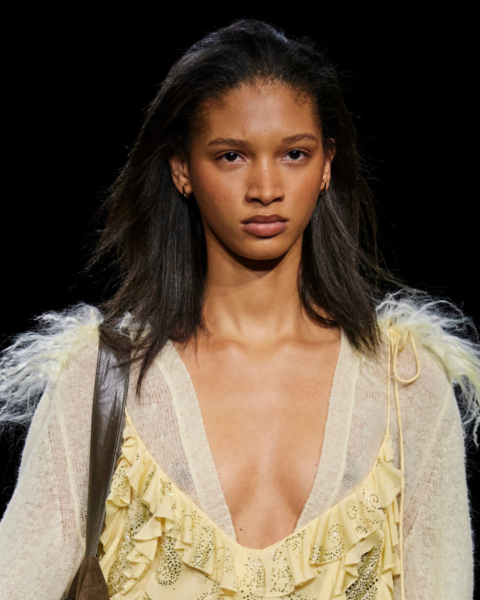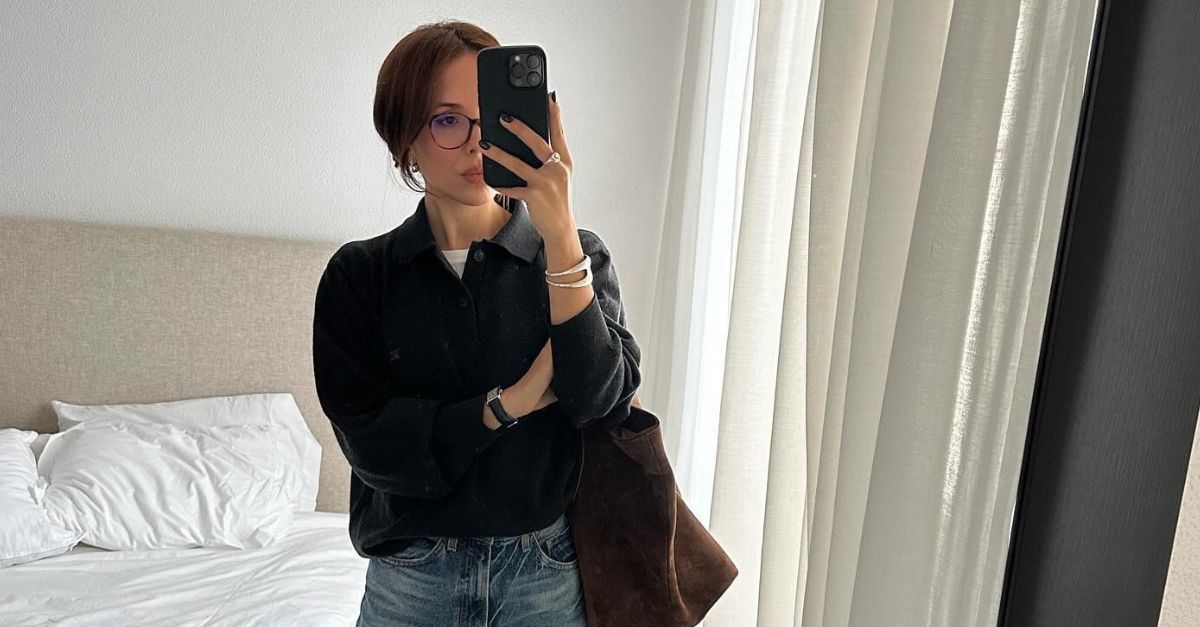Twice a month Joe Lipsett will dissect a new Amityville Horror film to explore how the “franchise” has evolved in increasingly ludicrous directions. This is “The Amityville IP.”
There’s an uneasy tension in Amityville in the Hood (2021) between intentional parody and uncomfortable racism. How much of the film’s stereotypical depiction of Compton, which includes gangs, gun violence, drugs, and sex work, is making fun of the conventions of Hollywood films? Or is this just lazy screenwriting and uninspired scenarios?
Let’s give writer/director Dustin Ferguson the benefit of a doubt and go with the former. Of the three titles he’s made in the Amityville “franchise,” In the Hood is by far the most self-aware. There are even a few moments that play like genuine (read: intentional) comedy!
To be clear, there are still plenty of hiccups here. Like his other films in the “franchise,” Ferguson is using fairly obvious tricks to pad out the film’s runtime to feature length. This includes the usual laboriously slow credit sequence (3 minutes), a lengthy recreation of the DeFeo shooting bathed in red light and an egregious 10+ minute extended flashback to scenes from Ferguson’s previous entries, Amityville Toybox and Amityville Clownhouse.
Even with the padding, though, the credits roll at the 63-minute mark, suggesting that there’s not *quite* enough story here to fill out a feature film.

So what’s In the Hood about? Following a cold open that picks up three years after Mark Patton’s cameo in Clownhouse, a pair of gang members break into the famous New York home to steal a unique, purple-tinged crop of marijuana.
Alas this batch of weed has been cursed by the red masked figure who appeared in the previous film, which means anyone who smokes the reefer is doomed to descend into “violence, psychosis and hysteria.”
The rest of the plot loosely centers around the attempts by organized crime boss Big M (Esau McKnight) and his underlings to recover the stolen ganja in order to sell it on the street under the name “Amityville Possession.” Recurring character Peter Sommers (John R. Walker), last seen in Amityville Hex, provides sporadic Breaking News reports about the escalation of violence in the city, prompting New York Police Chief Malone (D.T Carney) to coordinate with Compton Detective White (Thom Michael Mulligan) in order to end the Amityville curse once and for all.

One of the film’s other problems, however, is the Ferguson continually loses the plot because he’s too busy introducing new peripheral characters he seems more interested in. Early on it’s brash sex worker Cheyenne (Jenn Nagle) who goes toe to toe with Big M’s bodyguard Roscoe (Erik Anthony Russo) in an extended sequence as they debate the price point for a blowjob. It’s amusing and more than a little silly, but one scene later Cheyenne is unceremoniously shot by Big M for her lazy fellatio technique. A few minutes later, Roscoe dies offscreen (!) with a handful of other characters during a crazed attack sequence. Considering the blowjob scene lasted for several minutes, in hindsight it doesn’t seem like the best use of the film’s brief runtime, particularly since none of the characters have much depth.
This happens repeatedly throughout In The Hood. It’s as though Ferguson loses interest in his characters and/or the desire to tell a coherent story. The result is a film that broadly features a city under siege from a rash of drug-induced violence, but there aren’t any characters to anchor the narrative.

Detective White kinda/sorta eventually emerges as the protagonist when he takes it upon himself to save Sondra (Geovonna Casanova), the lone survivor of Roscoe’s massacre, then flies to New York to burn down the notorious cat-eyed house once and for all.
In reality, though, Amityville in the House plays like a loose collection of tangentially connected stories and characters, bridged by interludes from Ferguson’s other films and recurring (self-aware) montages of generic B-roll of Compton streets, under passes, and locked-up or abandoned store fronts.
If viewers buy into the idea that this is gently riffing on Hollywood films like Straight Outta Compton, In The Hood plays okay.
If not, however, the result is a repetitive, unfocused, and vaguely racist Amityville film.


The Amityville IP Awards go to…
- Rap Life: Arguably the best argument that the film is a self-aware parody is the original song “The Amityville Rap.” Written and performed by Mc Dirty D ft. Knifer, the song plays twice (once during a montage and again over the credits). Here’s a sample of the utterly ridiculous/genius lyrics: “Through the windows, you will see evil, waiting to be free. Glowing eyes in the night, in the hood, it’s a fright. Scary demon while we’re thieving, grab the stoke, then we leaving. You ain’t gang, you can’t hang. See this gun, boom bang bang.” It’s chef’s kiss perfection.
- Language Issues: One of the more frustrating elements of the film is Ferguson’s generic “street” dialogue, which is heavily reliant on swears and Black caricatures. Take, for example, Heather (Natalie Dang)’s response when she tries the new strain of pot: “Oh, this some devil shit!” Even if this is being played for comedy, it’s extremely repetitive.
- Best Diss: When Roscoe first spots Cheyenne walking up in a tight-fitting purple dress, he exclaims that she’s “Dressed up like mother*cking little Miss Mermaid and shit.”
Next time: it turns out that the Wikipedia list of titles is incomplete, so we’re circling back to a missed title with 2021’s Amityville Cop!
The post Is ‘Amityville in the Hood’ Parody or Just Kinda Racist? [The Amityville IP] appeared first on Bloody Disgusting!.


























































![Mason Ramsey – Twang [Official Music Video] Mason Ramsey – Twang [Official Music Video]](https://i.ytimg.com/vi/xwe8F_AhLY0/maxresdefault.jpg)





![Is ‘Amityville in the Hood’ Parody or Just Kinda Racist? [The Amityville IP] Is ‘Amityville in the Hood’ Parody or Just Kinda Racist? [The Amityville IP]](https://i0.wp.com/bloody-disgusting.com/wp-content/uploads/2024/03/Amityville-in-the-Hood-3-2021.jpg?resize=740,412&ssl=1)















